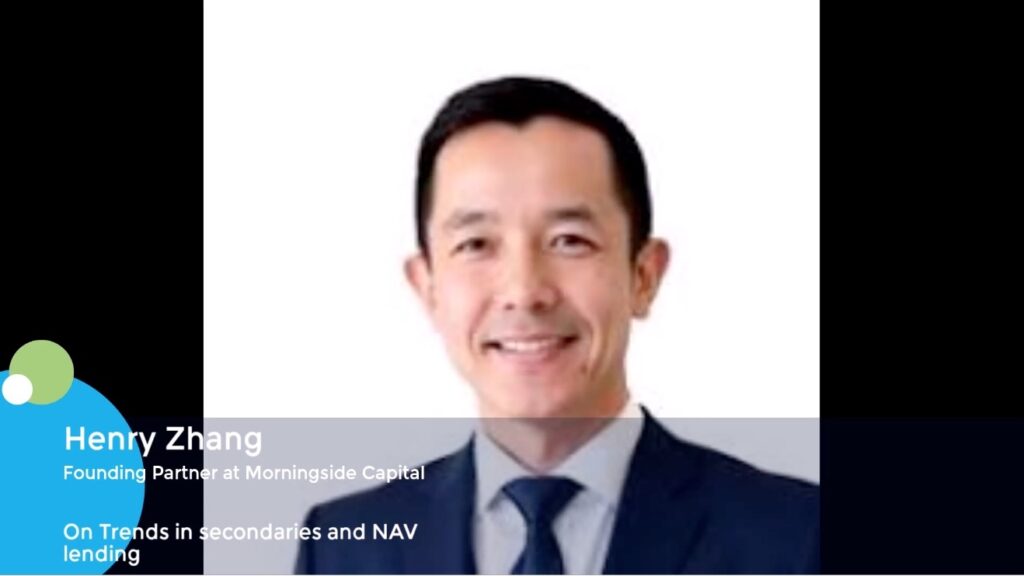Orsted equity story pinned on Trump’s wind hostility proving temporary hot air
A prevailing wind or a passing storm? Orsted and its cash call underwriters must convince investors of the transience of its US difficulties to make the equity story sing.
The Danish offshore wind developer announced the DKK 60bn (EUR 8bn) rights issue alongside its half year results last week.
CEO Rasmus Errboe – who has endured a market hurricane since taking up the role in February 2025 –cited an “extraordinary situation” for the company and its industry due to the “adverse market development in the US” on top of wider macroeconomic and supply chain challenges.
Such language pulls its punches somewhat. The rights issue announcement does not mention US President Donald Trump once, but his long-held antipathy to wind power technology is the driving force behind the industry’s woes.
In the wake of the rights issue announcement, ratings agency S&P downgraded Orsted to BBB-, its lowest investment grade rating, noting the planned capital increase pointed to a deterioration of its overall business environment.
Orsted must convince investors that it has a plausible pathway to capitalise on the theoretically huge US growth opportunity for offshore wind power, interrupted by Trump’s second term.
Share price winded
Orsted’s grim share price progress and head-on pursuit of further dilution represent a dramatic fall from grace for what had once been a darling European stock.
Its transition from North Sea oil and gas giant DONG Energy to a fully green energy company in 2017 put Orsted on a pedestal as a model for other oil and gas majors to follow.
Orsted’s share price soared to just shy of DKK 1,400 in 2021, before a retrenchment in green energy investing sent its share price down to around DKK 308.6 on 8 August, just ahead of the rights issue announcement. It trades today (19 August) at DKK 213.
The deterioration of Orsted’s share price points to wider issues with the story around offshore wind and renewable energy in general, a segment that has struggled for several years in a challenging returns environment.
“I think that there was a sense that we got ahead of ourselves on green energy,” an ECM banker argued. “Before 2022, every deal had to have a green angle, the transition felt like it would be inevitable, and it was happening quickly.”
In Europe, utilities and energy equities have underperformed for several years and valuations for renewables businesses have fallen off a cliff, spurring the potential for consolidation, a sector banker said.
Such talk swirled around Orsted earlier this year, amid market chatter in February that 10% shareholder Equinor might seek to increase its stake.
The Norwegian energy group, with a rival wind segment, completed the purchase of its Orsted stake in December 2024, becoming the group’s second largest shareholder after the Danish government, which holds 50.1%.
Temperamental Trump
Equinor has endured its own Trump-related travails, with damaging read-across to Orsted.
Following a stop-work notice in April by the Bureau of Ocean Energy Management (BOEM), Equinor was forced to down tools on its USD 5bn Empire Wind 1/South Brooklyn Marine Terminal project. The chilling effect of a US government agency unpicking a long-planned project was considerable.
Equinor had purchased the lease area in 2017 and secured a 25-year purchase and sale agreement for power generated from the project with the New York State Energy Research and Development Authority in June 2024.
Concern immediately fell over Orsted’s own US project – the construction of Sunrise Wind, a 924-megawatt (MW) offshore wind farm also aimed at plugging into New York’s grid. Initially looking to partially divest its Sunrise position, Orsted has been forced to abandon the stake sale amid political jitters and secure more equity financing to continue the project’s construction.
Sunrise funding requirements alone account for DKK 40bn (EUR 5.4bn) of the DKK 60bn cash call, with the remainder a buffer to provide “financial flexibility”.
Orsted has ultimately decided to hunker down despite political headwinds and lean into its US growth strategy, likely in the hope that this storm will eventually pass, rather than retrench to its home markets.
Despite a challenging returns environment for wind power, the huge potential growth opportunities in the US still arguably represent too good an opportunity to abandon if you have conviction that the political cycle will turn.
Optimists will point to the prospect of winning Trump over to the virtues of maintaining quality engineering jobs, at least on projects that have advanced to construction.
On 19 May, Equinor announced the BOEM had lifted its stop-work order, allowing construction to resume. Equinor President and CEO Anders Opedal said at the time he “would like to thank President Trump for finding a solution that saves thousands of American jobs”.
The president may blow hot and cold, but flattery is a consistently useful currency in turning his head.
Orsted already has the capital it needs to weather the storm, as the Danish government has committed to participating in the rights issue, and Morgan Stanley is underwriting the remainder of the cash call.
But political risk and a major equity overhang would further dampen Orsted’s share price prospects if the US banking giant ended up with a major rump.
For its part, Equinor has not publicly committed to subscribing for its rights, reportedly sticking to the line it will engage with Orsted on the capital increase proposal.
There are plenty of other shareholders that the company and Morgan Stanley need to convince.
Orsted’s largest institutional shareholders include several top names among both Nordic and international institutional investors. Its largest institutional holder as of the end of June was Norges Bank, the Norwegian sovereign wealth fund, with a 2.25% stake, according to Dealogic institutional holdings data.
Other large institutional investors include BlackRock, Credit Agricole, Vanguard, Pictet Group and Ninety-One Group.
The top ten institutional shareholders hold 9.24% of the stock. Around 197 institutions were reported as having shares in Orsted as of the end of June, worth around 17% of the share capital.
Many investors may agree that the impact of the Trump administration on the wind industry is temporary, representing a slowing down of new offshore wind permitting rather than a long-term disruption to a clear secular trend.
But the use of a federal agency to interrupt an already commissioned project created an existential risk to committed capital, changing the assumed rules of engagement.
Midterm elections next year may represent a key inflection point for sector sentiment.
If Trump’s Republicans – ever more committed to their carbon-friendly “drill, baby, drill” mantra – fare well, concern will grow that Orsted is not guaranteed a more favourable reception from a new president in January 2029. Conversely, Democrat success would likely open the space for realizing upside potential for the sector.
It’s undoubtedly a gamble for investors, but buying the dip could prove lucrative if the political weather turns.











